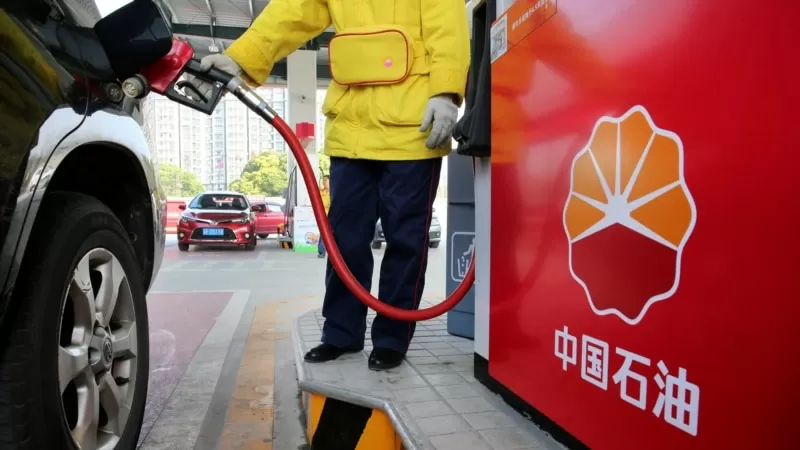London – China’s demand for road and air transport fuels may have reached its peak, according to the latest report from the International Energy Agency (IEA). This is a significant development in the global energy landscape, as China has been the main driver of oil demand growth for decades. The IEA’s data shows that China’s consumption of gasoline, gasoil, and jet fuel declined marginally in 2024, with a combined consumption of 8.1 million barrels per day (bpd). This is 200,000 bpd lower than in 2021 and only slightly above 2019 levels. The IEA believes that this decline signals a plateau in fuel consumption and may even mark the peak of China’s demand for these fuels.
This news comes as China faces economic challenges and makes a shift towards electric vehicles (EVs). The decline in fuel demand is expected to accelerate over the medium term, which would result in a plateau in total oil demand for China in the coming decade. The IEA, based in Paris, believes that this remarkable slowdown in consumption growth is a result of structural changes in China’s economy and the rapid deployment of alternative transportation technologies.
One of the main factors contributing to the decline in fuel demand is the slump in China’s construction sector and weaker consumer spending. This has led to a decrease in the use of fuels for transportation in the country. Additionally, the uptake of EVs has also played a significant role in reducing fuel demand. Currently, new EVs account for half of all car sales in China, and the IEA estimates that they have undercut around 250,000-300,000 bpd of oil demand growth in 2024. Furthermore, the use of compressed and liquefied natural gas in road freight has displaced around 150,000 bpd of oil demand.
This shift towards cleaner and more sustainable transportation options is a positive development for both China and the world. The IEA report highlights the progress that China has made in adopting alternative technologies and reducing its reliance on fossil fuels. This not only benefits the environment but also helps to diversify China’s energy mix and reduce its dependence on imported fuels.
The IEA’s report also shows that China’s fuel consumption has already reached a plateau, and this trend is expected to continue. This is a significant milestone for a country that has been the main driver of global oil demand growth for so many years. It is a testament to China’s efforts in promoting a cleaner and more sustainable energy future.
The decline in fuel demand in China also has implications for the global oil market. As one of the largest consumers of oil, any changes in China’s demand have a significant impact on global oil prices. The IEA’s report suggests that the slowdown in China’s consumption growth could lead to a plateau in total oil demand this decade. This is a positive development for oil-producing countries, as it provides them with more stability and predictability in terms of demand.
Moreover, this shift away from traditional fossil fuels towards cleaner alternatives aligns with China’s commitment to reducing its carbon emissions. As the world’s largest emitter of greenhouse gases, China has set ambitious targets to reach net-zero emissions by 2060. The decline in fuel demand and the adoption of EVs and other alternative technologies will play a crucial role in achieving this goal.
In conclusion, the IEA’s report on China’s fuel demand signals a significant shift in the global energy landscape. China’s consumption of gasoline, gasoil, and jet fuel has reached a plateau, and this trend is expected to continue. This is a positive development for both China and the world, as it aligns with China’s commitment to reducing its carbon footprint and promoting a cleaner and more sustainable energy future. The decline in fuel demand also provides more stability and predictability in the global oil market. It is a clear indication that China is on the path towards a greener and more prosperous future.


